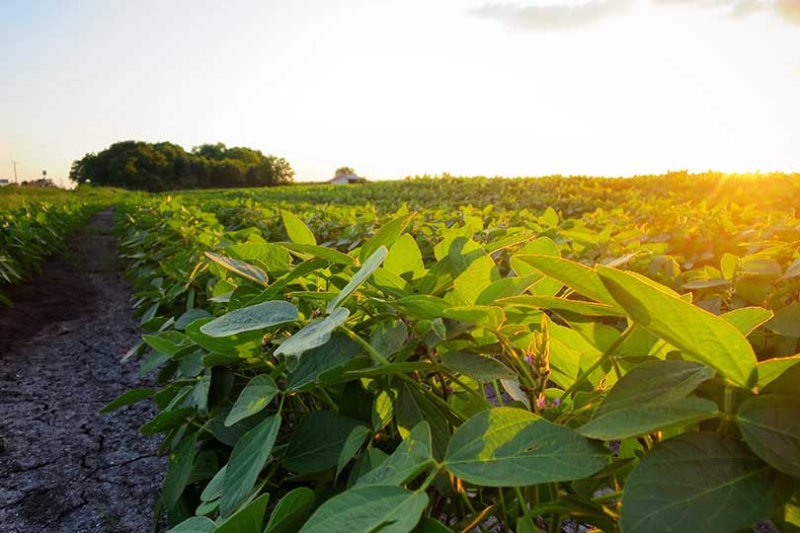By Julie Tomascik
Editor
A federal appeals court delivered a positive ruling for agriculture late last week.
The Eighth Circuit Court of Appeals vacated the Environmental Protection Agency’s (EPA) attempt to ban the insecticide chlorpyrifos, ruling that the agency’s actions were “arbitrary and capricious.”
The federal court said the EPA inappropriately rushed to meet a court deadline, and it could have implemented a partial ban like it has with other chemicals.
“It could have canceled some registrations and retained others that satisfied the statutory safety margin,” the court said. “The agency might have needed to move more quickly than usual to confirm the safety findings and start the process of canceling and adjusting registrations within the Ninth Circuit’s deadline. But those are matters of policy and practicality, not statutory authority. The point is that the EPA should not have reflexively rejected an approach it had the power to adopt, even if it would have required more work.”
The American Farm Bureau Federation (AFBF) said the decision sends a message that EPA must use sound science when drafting rules.
“AFBF appreciates the Eighth Circuit Court of Appeals for recognizing that the Environmental Protection Agency failed to follow the law when it revoked the use of chlorpyrifos,” AFBF President Zippy Duvall said. “Farmers and ranchers are committed to growing safe and nutritious food, and they use science to guide decisions on how to manage pests and insects.”
This ruling could lead to growers having the pesticide back for the 2024 growing season.
“The federal court’s ruling will restore a tool needed by many Texas farmers,” Jay Bragg, TFB associate director of Commodity and Regulatory Activities, said.
The court sent the matter back to the EPA.
Chlorpyrifos has played a large role in American agriculture for more than half a century.
Chlorpyrifos, an organophosphate, is the main ingredient in products like Lorsban and Dursban. It has been used in the U.S. since 1965 to help control a variety of pests on alfalfa, citrus, soybeans, peaches, pecans, tree nuts and fruit and vegetable crops, as well as grass seed production in Texas.
The pesticide is also used in greenhouses, on golf courses and on non-structural wood treatments.
Click here to read the Eighth Circuit Court of Appeals ruling.

